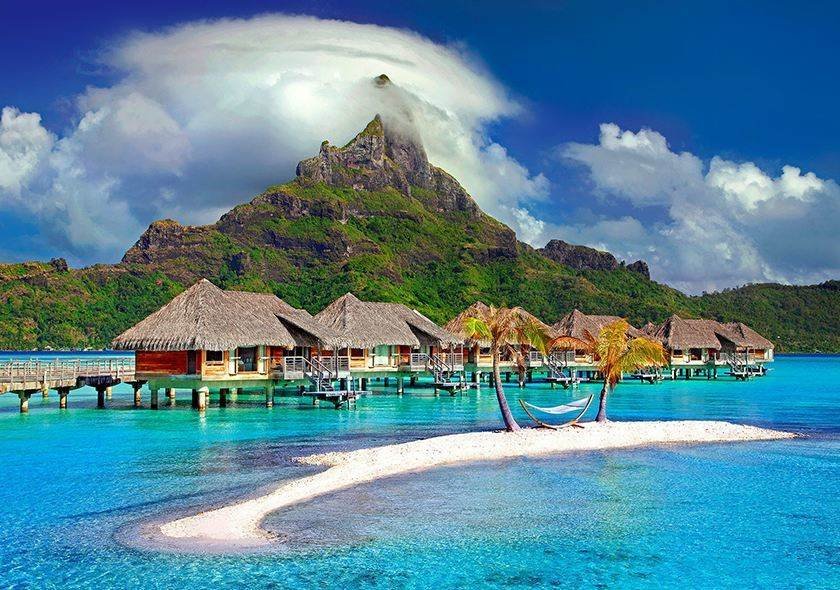Best Time to Travel to Iceland: Weather, Seasons & Activities

Best Time to Travel to Iceland: Weather, Seasons & Activities
Best Time to Travel to Iceland: Complete Seasonal Guide
Planning a trip to Iceland often comes with one big question: “When is the best time to travel to Iceland?” The truth is, there’s no single answer. It depends on what you want—Northern Lights, Midnight Sun, glacier hikes, or budget-friendly travel.
- Winter (Nov–Mar): Magical Northern Lights, ice caves, snow landscapes.
- Summer (Jun–Aug): Midnight Sun, road trips, outdoor adventures.
- Spring & Autumn: Fewer tourists, lower prices, milder weather, unique landscapes.
This guide dives deep into each season, weather, costs, and activities to help you plan your perfect Iceland trip.
Iceland in Winter (November–March)
Winter in Iceland is a wonderland of snow and ice. It’s cold, dark, and often challenging—but rewarding for travelers seeking raw natural beauty.
Best Winter Activities in Iceland
- Chasing the Northern Lights.
- Exploring crystal-blue ice caves.
- Glacier hiking and snowmobiling.
- Relaxing in hot springs under the stars.
Weather & Travel Tips for Iceland’s Winter
- Temperatures range: –1°C to 4°C.
- Daylight: 4–7 hours in December–January.
- Driving can be dangerous due to icy roads—guided tours recommended.
Iceland in Spring (April–May)
Spring is Iceland’s hidden gem. The weather starts to warm, flowers bloom, and roads become accessible.
- Puffins and migrating birds return.
- Waterfalls gush with snowmelt.
- Lower prices compared to summer.
Travelers get a balance of fewer crowds and good weather.
Iceland in Summer (June–August)
Summer is the most popular time to visit Iceland. Long days and mild temperatures make it perfect for road trips and outdoor adventures.
Midnight Sun & Long Days in Iceland
- Around the summer solstice (June 21), the sun barely sets.
- Up to 24 hours of daylight in the north.
- Perfect for hiking, camping, and photography.
Festivals and Events in Iceland’s Summer
- Secret Solstice Festival (June).
- Reykjavik Culture Night (August).
- Vibrant music, food, and cultural celebrations.
Iceland in Autumn (September–October)
Autumn brings fewer tourists and a colorful landscape.
Fall Colors & Northern Lights Combo
- Golden valleys and vibrant moss-covered lava fields.
- Great time to catch the Northern Lights as nights get darker.
Budget-Friendly Travel Tips in Autumn
- Flights and hotels are cheaper than in summer.
- Still enough daylight (8–12 hours).
- Roads are mostly open, but the weather can shift quickly.
Best Month to Travel to Iceland – Month-by-Month Breakdown
- January: Ice caves, Northern Lights.
- February: Winter festivals, skiing.
- March: Snowy landscapes, auroras.
- April: Puffins return, and waterfalls are strong.
- May: Mild weather, fewer crowds.
- June: Midnight Sun, road trips.
- July: Hiking season, festivals.
- August: Whale watching, cultural events.
- September: Fall colors, budget-friendly.
- October: Aurora borealis, fewer tourists.
- November: Start of winter adventures.
- December: Christmas lights, festive Reykjavik.
Weather in Iceland by Season
Iceland Temperature Guide
- Winter: –1°C to 4°C.
- Spring: 0°C to 10°C.
- Summer: 8°C to 15°C.
- Autumn: 2°C to 10°C.
Daylight Hours & What to Expect
- Summer: Up to 24 hours of daylight.
- Winter: As little as 4 hours of daylight.
- Spring/Autumn: Balanced 8–16 hours.
Best Time to See Northern Lights in Iceland
The best time to travel to Iceland for Northern Lights is September to March.
- Best locations: Thingvellir, Jokulsarlon Glacier Lagoon, and Akureyri.
- Clear nights improve chances.
- Apps like Aurora Forecast help plan sightings.
Best Time to Travel to Iceland for Budget Travelers
- April, May, September, October → Off-season savings.
- Cheaper car rentals, hotels, and tours.
- Still plenty of daylight and good conditions.
💡 Tip: Book flights early and look for guesthouses outside Reykjavik for lower prices.
Best Festivals & Events in Iceland
- Secret Solstice (June): Music under the midnight sun.
- Reykjavik Pride (August): Vibrant LGBTQ+ celebrations.
- Christmas (December): Magical lights, festive markets.
Travel Tips for Choosing the Right Time
- Prioritize your goals: Aurora, hiking, or festivals?
- Plan budget early: Summer = expensive, spring/autumn = best deals.
- Consider driving conditions: Summer is easiest for road trips.
- Book in advance: Summer and Northern Lights tours fill up fast.
Final Thoughts: Choosing Your Best Time to Visit Iceland
No matter the season, Iceland offers something unique. Go in summer for endless adventures or winter for magical skies. Each trip is different but unforgettable.
FAQs
- What is the cheapest time to visit Iceland?
April, May, September, and October offer lower costs with good weather. - Is summer or winter better in Iceland?
Summer is better for road trips; winter is best for Northern Lights. - When is the best time to see puffins in Iceland?
May to August. - What is the rainiest month in Iceland?
September and October are the wettest. - How many hours of daylight does Iceland get in June?
Up to 24 hours near the Arctic Circle. - When is the best time to drive the Ring Road in Iceland?
Late May to September, when roads are clear. - Is Iceland expensive in September?
Cheaper than summer, but still moderate. - What is the warmest month in Iceland?
July, with average highs of 15°C. - Can you see the Northern Lights in April?
Yes, but chances are lower as nights get shorter. - What is the best time to avoid crowds in Iceland?
April, May, September, and October.
Conclusion
The best time to travel to Iceland depends on your travel goals. Winter offers Northern Lights and ice caves, while summer brings endless daylight and festivals. For budget-friendly travel, spring and autumn are ideal. No matter the season, Iceland guarantees stunning landscapes and unforgettable experiences.



